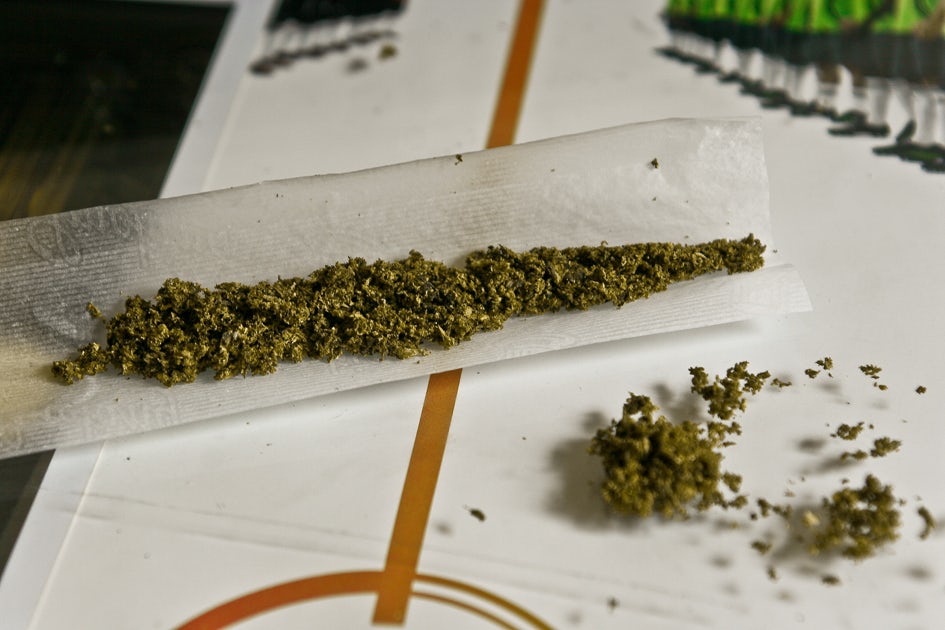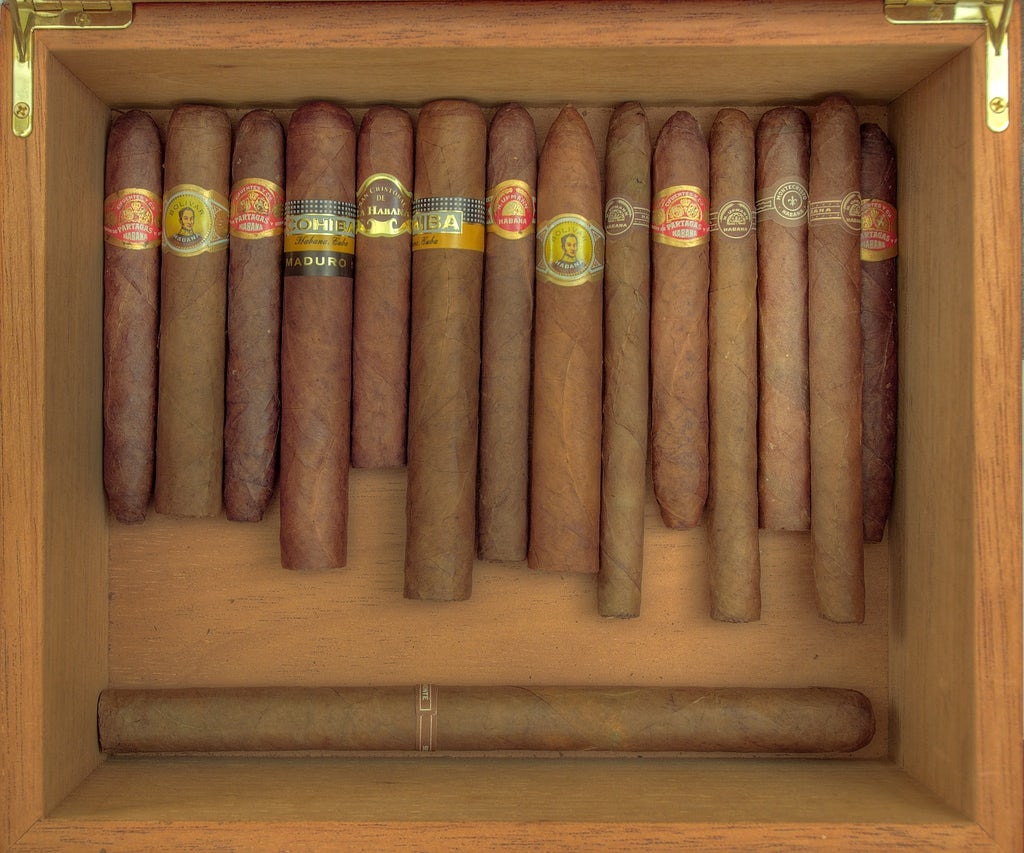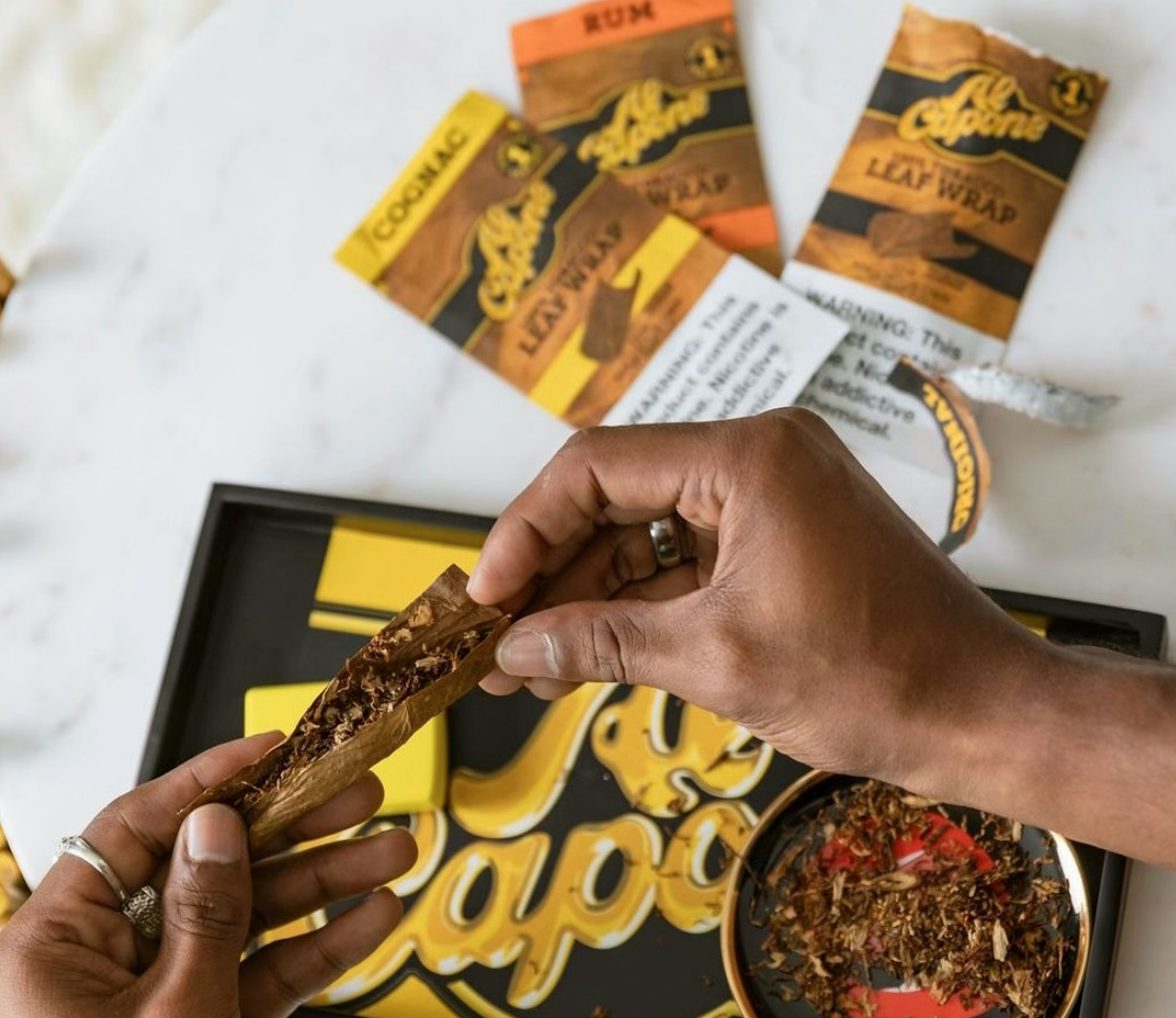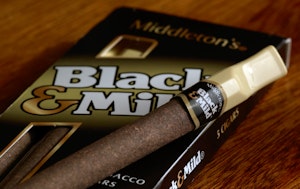
Photo by Austin J. Best
What’s The Difference Between Joints, Blunts, And Cigars?
For any new members of the canna-community, distinguishing the different types of smokable products can get confusing. Be it joints, blunts, or cigars—the desired effect of each is a euphoric high, of which some may be better at delivering than others.
Stoner Lingo 101: Herb’s crash course on smokeables.
For any new members of the canna community, distinguishing the different types of smokeables can be confusing.
Be it joints, blunts, or cigars—we all desire a euphoric high, which some may be better at delivering than others. While some stoners have nicknames for their smokeable products, let’s not confuse you.
Below, you’ll find the appropriate name of each smokeable and how they differ from the rest. For blunt lovers, we’ve also included some of the best (and easiest) blunt wraps known to stoner-kind. Read on to learn more.
What Are Joints?

Joints are the most popular type of smokeable in the cannabis world. They are essentially marijuana cigarettes. Rolling them can be tricky at first, but after training your nimble fingers, it’s incredibly easy.
Joints comprise three elements:
- A rolling paper (usually hemp)
- A homemade or storebought filter (this is optional—some people prefer it, and some don’t)
- Ground cannabis flower (you can also add hash or kief for more potency)
See our guide on how to roll the perfect joint. The main advantage of joints is their tobacco-less nature, as blunt wraps usually contain tobacco. Again, this comes down to preference.
What Are Blunts?

Blunts are similar to joints, but they’re rolled with tobacco paper instead of regular hemp rolling paper. Blunts will never have filters; that’s just the name of the game.
You can usually find blunt wraps at your local smoke shop, gas station, and convenience store (rolling papers too). However, regular blunt wraps can be very dry and brittle, meaning they’re difficult to roll without tearing apart.
Blunt wraps also don’t have a sticky seal like rolling papers, which means you must use more saliva than a joint to seal your blunt. The tobacco nature of blunt wraps gives them a slightly different taste and a stronger high, as the tobacco causes the infamous headrush along with marijuana’s familiar effects.
Yes, blunts can be challenging to roll, but we have the solution. Read on for more information on what makes the perfect blunt and the best blunt wraps on the market for beginners and pros.
What Are Cigars?

Before we get into the blunt wraps, let’s touch on the difference between joints, blunts, and cigars.
Cigars are made by wrapping tobacco in tobacco paper. They’re often much larger than joints and blunts, and they can take a while to smoke. However, it’s pretty rare to find a cigar packed with weed. Classic cigars will only use tobacco, and they’re basically massive brown cigarettes that you’re not even supposed to inhale.
Cigars are more for the visual aesthetic and action of pulling the smoke into your mouth without inhaling. If you must smoke tobacco, cigarettes are your best option.
What Makes a Good Blunt? “K.I.S.S”

Whether you’re new to blunts or roll them like a pro, we found the best blunt wraps on the market. Seasoned blunt users know the deal, opening a new pack of blunt wraps only to hear the dreaded crunch, signifying that your roll will be dry and brittle, tearing at the thick veins.
Sealing blunts is another semi-nasty factor, as it requires a significant amount of saliva that might turn off fellow smokers from using the blunt. So, the age-old question remains: what makes a good blunt? KISS – Keep It Simple, Stupid.
The KISS acronym was adopted and made popular by Al Capone. What better way to roll a blunt and keep it simple than with Al Capone Blunt Wraps? This famous gangster-honoring brand has been helping blunt rollers roll hard-hitting, all-natural blunts with their tailored cuts, stretchy leaf, and adhesive strip since 2016.
These slow-burning tobacco wraps come pre-cut to the perfect rolling size, are stretchy, and have a silky texture that lets the user maneuver their roll carefully and effortlessly. They also come with a self-adhesive strip for easy closing—no more slobbering on the blunt.
One of the fastest growing lines of natural tobacco rolling leaf, don’t miss your opportunity to try an Al Capone Blunt Wrap today. Available in Original, Cognac, and Rum.
Herb Recommended Products:
READ MORE










